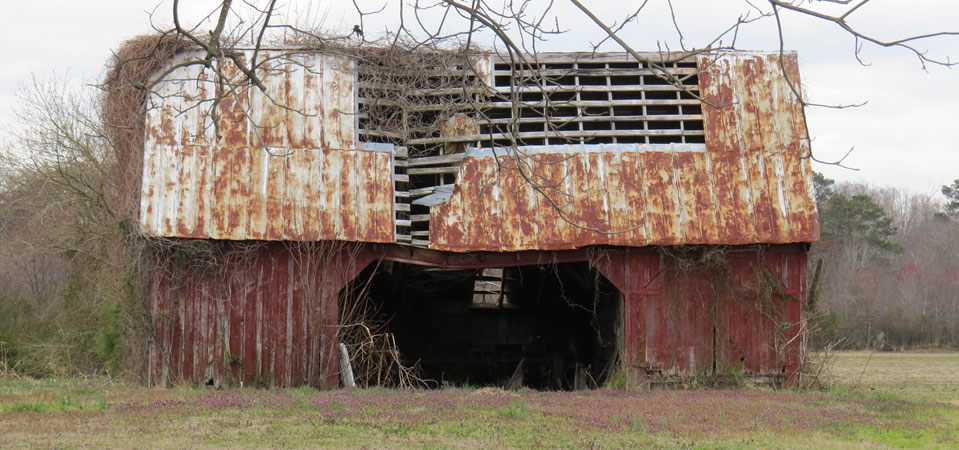
Robertville, a small unincorporated community at the southern tip of South Carolina, has a beautiful Baptist church that’s on the National Historic Register. But it’s also the birthplace of someone who is familiar to anyone who has been involved with a community or government meeting — Henry Martyn Robert, author of “Robert’s Rules of Order.”
Robert (1837-1923) was born on a South Carolina plantation which his father, a Baptist preacher, sold and freed 26 slaves in 1850 after concluding it wasn’t good for his children to be reared in a “slave-served society,” Robert’s grandson, Henry M. Robert III of Annapolis, Maryland, told Better South’s Andy Brack.
- Learn more about Robert and his rules of parliamentary procedure in this commentary by Brack.
Jasper County, population 25,833, is just over the river from Savannah, Ga. Its location near the metro area likely is why poverty in Jasper County (21.4 percent) is half that of Allendale County to the north.
Photo by Andy Brack, taken on Sept. 22, 2013. All rights reserved.










